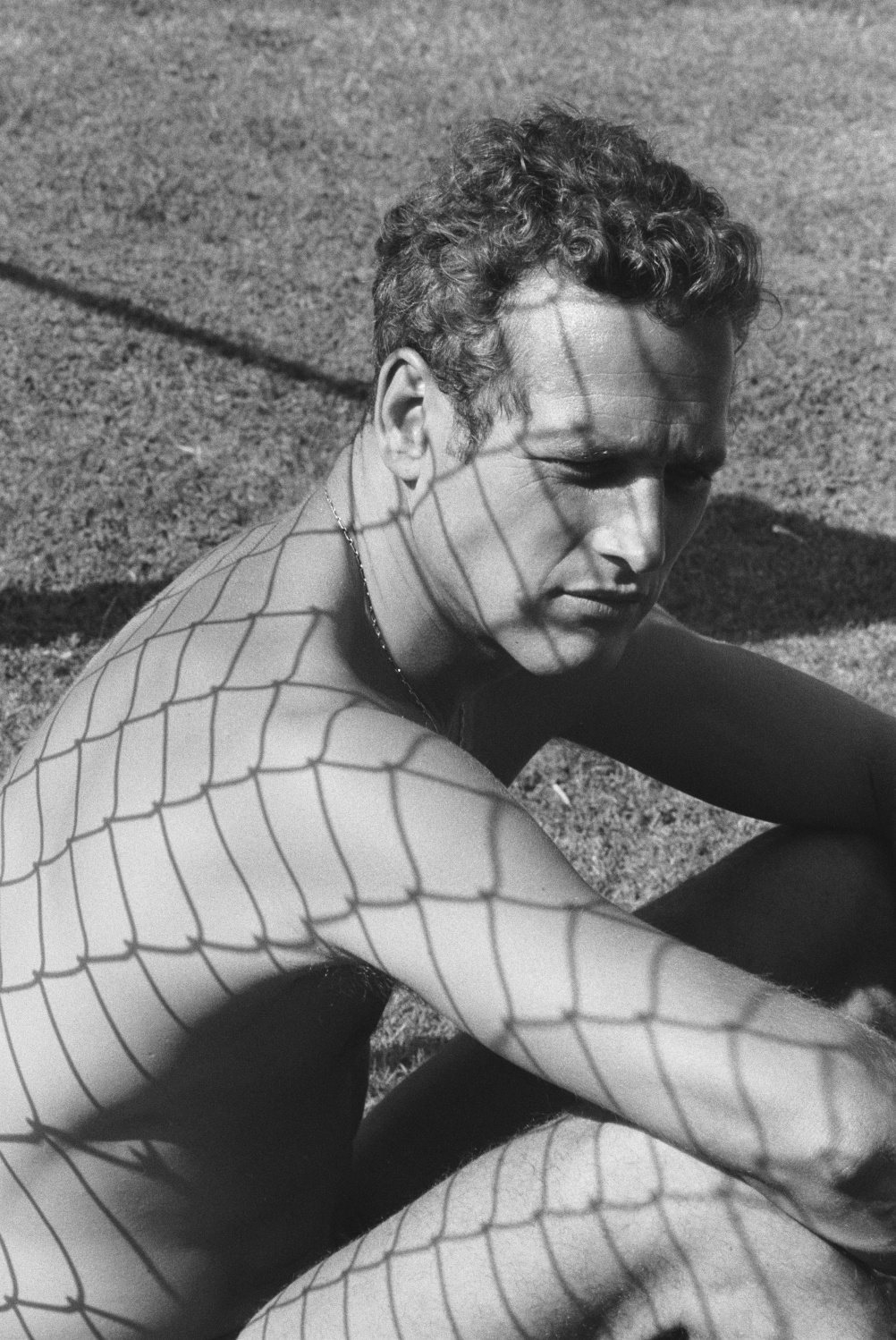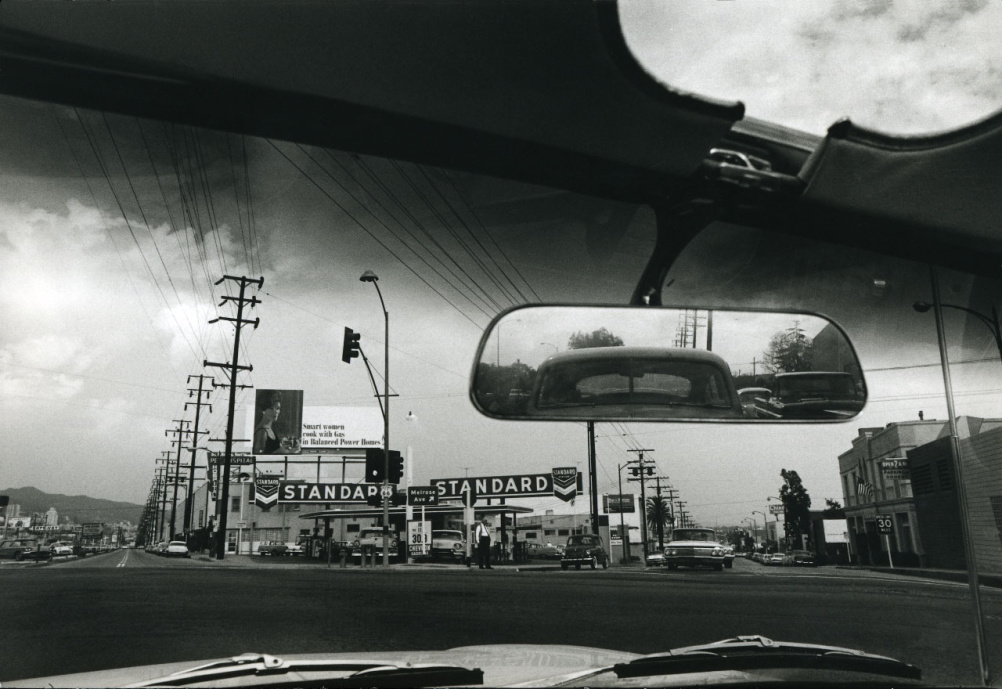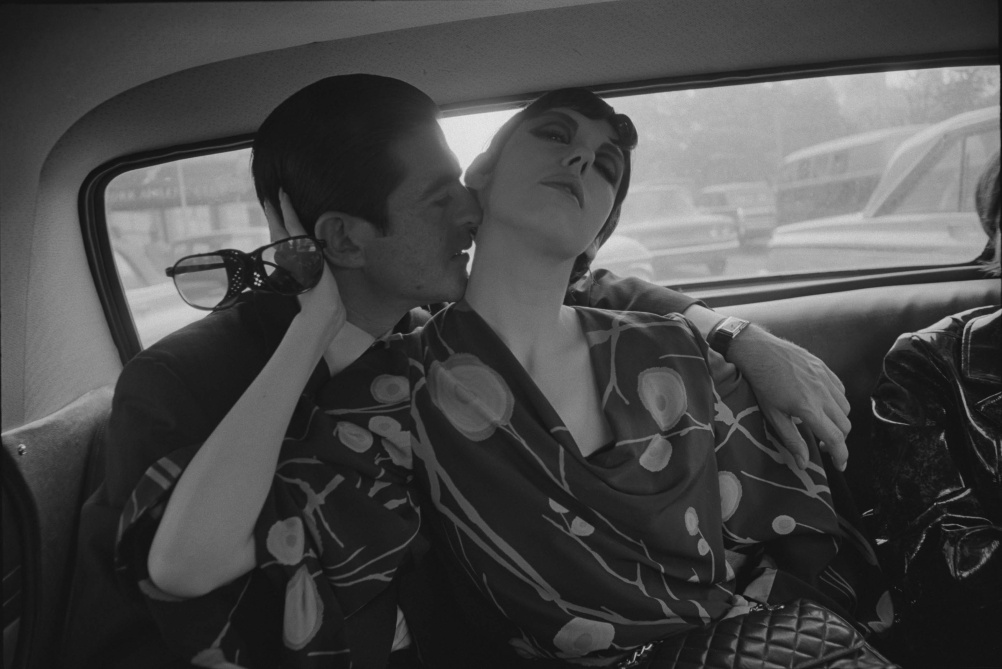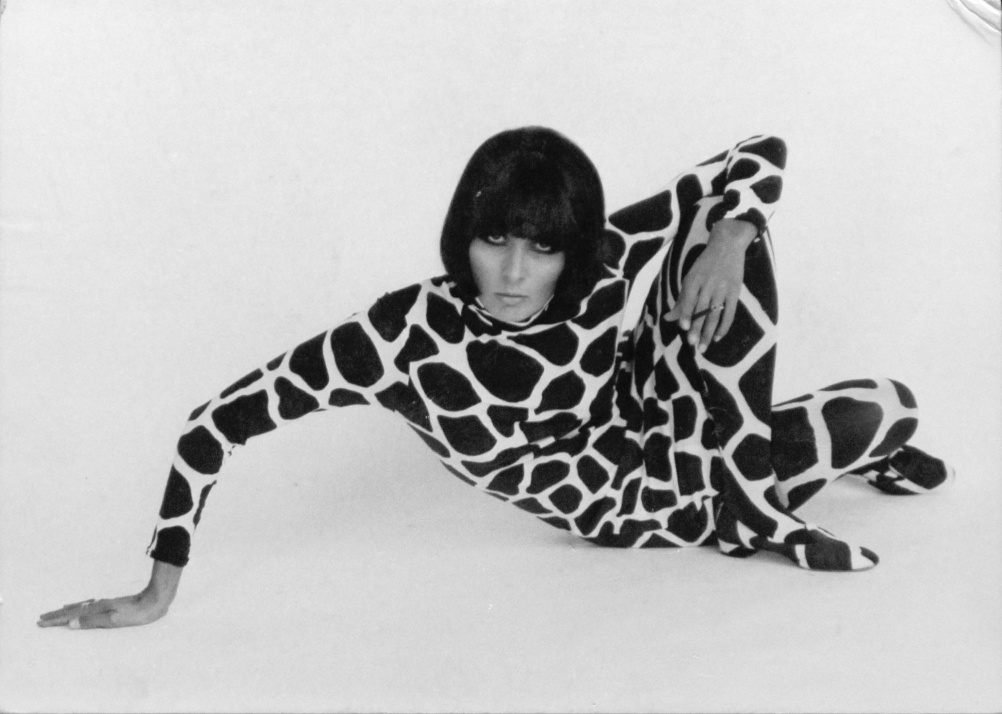Dennis Hopper: The Lost Album
Actor Dennis Hopper’s move from in front of the lens to behind it wasn’t the most traditional trajectory.

Source: © Dennis Hopper, courtesy The Hopper Art Trust. www.dennishopper.com
Dennis HopperAndy Warhol, Henry Geldzahler, David Hockney and Jeff Goodman, 1963Photograph, 17.25 x 24.74 cmThe Hopper Art Trust
Blacklisted from Hollywood studios due to something of a difficult reputation, Hopper turned to photography in the late 1960s, after being given a Nikon F camera by his future wife Brooke Hayward.
The medium became his preferred creative outlet for a time, according to the Royal Academy in London, which is to host a major new show of his work entitled Dennis Hopper: The Lost Album.
Between 1961 and 1967 Hopper dived into photography head first, becoming almost obsessed by its ability to create a personal journal, as well as a visual documentation of American life.

Source: © Dennis Hopper, courtesy The Hopper Art Trust. www.dennishopper.com
Dennis HopperUntitled (Blue Chip Stamps), 1961-67Photograph, 24.97 x 17.12 cmThe Hopper Art Trust
The 400 images on show at the RA were originally personally chosen and edited by Hopper for his debut major show in 1970 at Texas’ Fort Worth Art Center. The original prints were only rediscovered after his death in 2010, and this will be the first time they have been shown in the UK.
The RA says, ‘[The images] move between humour and pathos, the playful and the intimate, the glamourous and the everyday.
‘They are considered spontaneous, poetic, as well as political and sharply observant’.

Source: © Dennis Hopper, courtesy The Hopper Art Trust. www.dennishopper.com
Dennis HopperPaul Newman, 1964Photograph, 16.64 x 25.02 cmThe Hopper Art Trust
Hopper’s images were captured all over the work, in places including London New York, Mexico, Peru and Los Angeles. They feature stars such Paul Newman and Jane Fonda, and also hint at Hopper’s love of Pop Art, which he collected, showing portraits of Andy Warhol and Robert Rauschenberg.

Source: © Dennis Hopper, courtesy The Hopper Art Trust. www.dennishopper.com
Dennis HopperJane Fonda and Roger Vadim at Their Wedding in Las Vegas, 1965Photograph, 17.02 x 24.87 cmThe Hopper Art Trust
It’s a fascinating portrayal of the 1960s culture- both mainstream and counter – with the gamut of movements represented. We see snapshots of Hells Angels, hippies, and the Beat movement making their way into the show alongside political events: Hopper captures the 1965 America Civil Rights Movement march from Selma to Montgomery.

Source: © Dennis Hopper, courtesy The Hopper Art Trust. www.dennishopper.com
Dennis HopperMartin Luther King, Jr., 1965Photograph, 23.37 x 34.29 cmThe Hopper Art Trust
Hopper said of his images, ‘I wanted to document something. I wanted to leave something that I thought would be a record of it, whether it was Martin Luther King, the hippies, or whether it was the artist.’

Source: © Dennis Hopper, courtesy The Hopper Art Trust. www.dennishopper.com
Dennis HopperUntitled (Hippie Girl Dancing), 1967Photograph, 34.29 x 23.37 cmThe Hopper Art Trust
Hopper’s obsessive photography came to an end when he began shooting Easy Rider in 1967, though the RA says that his seven-year photographic stint ‘informed the language of Easy Rider, whose emphasis on realism and a youth-oriented counterculture, signalled the arrival of the New Hollywood Cinema of the 1970s’.

Source: © Dennis Hopper, courtesy The Hopper Art Trust. www.dennishopper.com
Dennis HopperDouble Standard, 1961Photograph, 17.45 x 24.87 cmThe Hopper Art Trust
The exhibition will show excerpts from Easy Rider alongside the photographs, as well as snippets of 1970s The Last Movie – a notorious $1 million production that was said to catalyse Hopper’s near-decade long exile from Hollywood.

Source: © Dennis Hopper, courtesy The Hopper Art Trust. www.dennishopper.com
Dennis HopperIrving Blum and Peggy Moffitt, 1964Photograph, 16.69 x 24.92 cmThe Hopper Art Trust
Dennis Hopper: The Lost Album runs from 26 June – 19 October at the Royal Academy of Arts, Burlington Gardens, London W1S 3ES

Source: © Dennis Hopper, courtesy The Hopper Art Trust. www.dennishopper.com
Dennis HopperLeon Bing, 1966Photograph, 17.68 x 24.59 cmThe Hopper Art Trust
-
Post a comment




